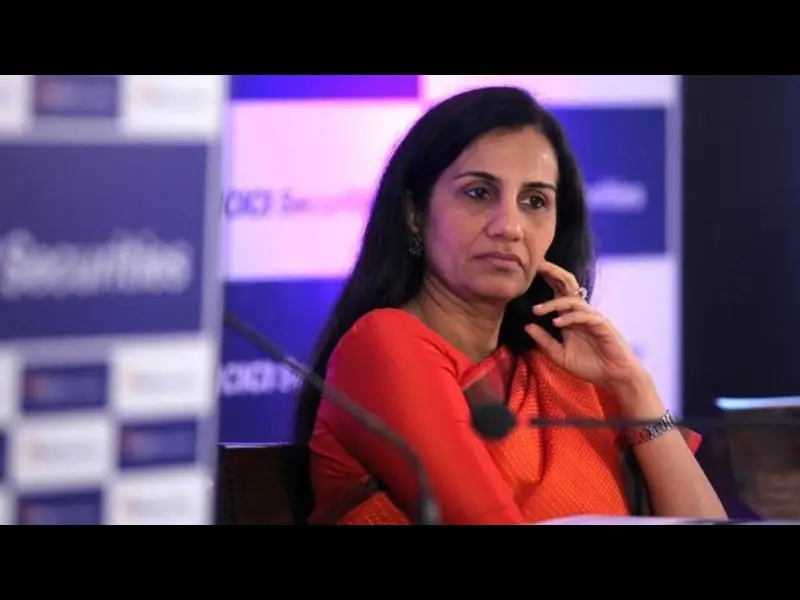The Bombay High Court has criticised the Central Bureau of Investigation (CBI) for arresting former ICICI Bank CEO Chanda Kochhar and her husband Deepak Kochhar in the ICICI-Videocon loan case, claiming it was done “without application of mind and due regard to the law” . The court said the arrest amounted to an “abuse of power” by the CBI and granted bail to the Kochhars, who were arrested on December 23, 2022 .
What is the Chanda Kochhar case?
The CBI had registered a case against the Kochhars, Videocon group founder Venugopal Dhoot and others in January 2019, alleging criminal conspiracy and corruption in sanctioning loans worth Rs 3,250 crore from ICICI Bank to Videocon group companies between 2009 and 2011 . The CBI alleged that Chanda Kochhar had abused her official position to favour Videocon group in return for illegal gratification received through her husband’s firm NuPower Renewables .
Why did the CBI arrest them?
The CBI claimed that it arrested the Kochhars as they were not cooperating with the investigation and were evasive during interrogation . The CBI also said that it had collected incriminating evidence against them and that their custodial interrogation was necessary to unearth the larger conspiracy .
Why did the HC grant them bail?
The Bombay High Court, however, rejected the CBI’s arguments and said that the arrest was illegal and unjustified . The court observed that the CBI had not demonstrated any circumstances or material that warranted the arrest and that it had acted mechanically and casually . The court also said that the Kochhars had a right to remain silent during interrogation and that it could not be equated with non-cooperation . The court further noted that section 41A of the CrPC was introduced to avoid routine arrests and that it restricts the power to arrest when an accused person complies with the notice issued by the police .
What are the implications of the order?
The Bombay High Court’s order brings relief to the Kochhars, who have been facing scrutiny since 2019, when Chanda Kochhar stepped down as ICICI Bank’s CEO following allegations of quid pro quo in loan deals . The order also raises questions on the CBI’s conduct and credibility in handling high-profile cases involving influential persons. The order may also have an impact on the ongoing trial of the case in a special CBI court, where the Kochhars have pleaded not guilty to the charges .
Recent Blog : BYJU’S Secures $300M Investor Commitment in Rights Issue
